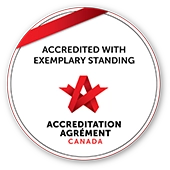More and more young people who are seeking help for their teenage drug addiction are making the conscious decision to try and embrace a cleaner, healthier life. It is important that these young people are provided with a strong support system to remind them of their triumphs and to encourage their recovery.
For young adults, attending a rehabilitation program can be extremely stressful. On top of the pressures they already feel on a regular basis, they may worry about what their peers will think, they may be embarrassed to tell their friends or anxious about their parents’ reactions.
For teenagers, it is critical to have a good support system that encourages them from day one. Regardless of who they choose to be in the system, these people have a responsibility to offer positivity and understanding.
What Parents Should Know About Teenage Drug Addiction

There’s a high chance your teen is going to be exposed to alcohol and drugs and based on many studies, there’s a great likelihood your teen will attempt drugs. Teens as young as 13 have regularly tried illicit drugs, even those as strong as cocaine.
Teens may tell themselves that they will only attempt to take an illicit substance once. But a lot of teenagers find themselves under persistent peer pressure to keep to experimentation with drugs and “have fun.”
Most adolescents do not begin using drugs hoping to create a substance abuse issue, and while many teenagers likely see their drug usage as a casual approach to have fun, they will soon find unwanted side effects which are a consequence of this use and misuse of alcohol and other substances. The biggest result of a seemingly harmless casual drug use is that it develops into full-blown drug addiction.
Most young people do not feel they will become hooked, and just use alcohol or drugs to have a fun time and be like their buddies. When teenagers become addicted, they shift from one group of friends to another, develop health problems, begin to fail in their courses, experience memory loss, eliminate motivation, and alienate their loved ones and good friends with their unwanted behaviours and frequently erratic emotional swings.
If you’re a parent who’s concerned about your adolescent, the signs to search for are decreasing interest in activities your child once appreciated, changes in school performance, and erratic mood swings that appear to be more than simply teen hormones acting up.
Abuse of alcohol and drugs may also alter friendships, as adolescents start to go away from older friends who do not approve of the substance use and start to connect with fellow drug users that will promote and support the other’s drug abuse. Parents should be really concerned when teenagers ditch one set of friends for a second, particularly if they’re secretive about the new peer group.
Most teenagers that are addicted will not find a problem with their behaviour or their substance usage. The illicit drugs make them feel great and are a means to alleviate the stress of the school environment, difficulties at home, disagreements with friends, along with other anxieties of growing up.
The more quickly you’re able to realize your kid is abusing alcohol or other drugs, the more quickly you’ll be able to seek out appropriate assistance for them. Should you find that somebody you care about has a drug problem, speak with them and invite them to find professional help.
Addiction therapy programs specializing in teenagers can help your child develop a solid foundation for long-term healing. If you’re a teenager concerned about your drug use, parents are most likely the last people that you wish to ask for help but actually, they are the ones who are the first to want to help you out.
Teenage drug addiction may greatly alter behaviour, and a brand new preoccupation with drugs can crowd out tasks which were formerly significant to them. Being a teen is often a perplexing, challenging time, which may make adolescents vulnerable to falling into a damaging pattern of illicit drug usage.
Teenage Drug Addiction By the Numbers:
According to the 2020 Monitoring the Future (MTF) survey:
- In 2019, the number of students in the eight grade who used a vape pen over the last 12 months went from a figure of 7.5% to 16.5%. For students in the 10th grade, the number jumped from 15.8% to a staggering 30.7%. This same rating went up from 18.8% to a figure of 35.3% for 12th graders. Similarly in 2020, these numbers held steady with a respective figure of 16.6%, 30.7%, and 34.5% for each age group.
- Daily cannabis vaping rates among teens decreased from 3% in 2019 to 1.7% in 2020.
- On the flip side, eighth graders experienced an increase in inhalant usage from 3.8% to 6.1%.
- 25% of eight graders abuse alcohol while about 14% of the same age group abuse marijuana.
What Parents Can Do About Teenage Drug Addiction
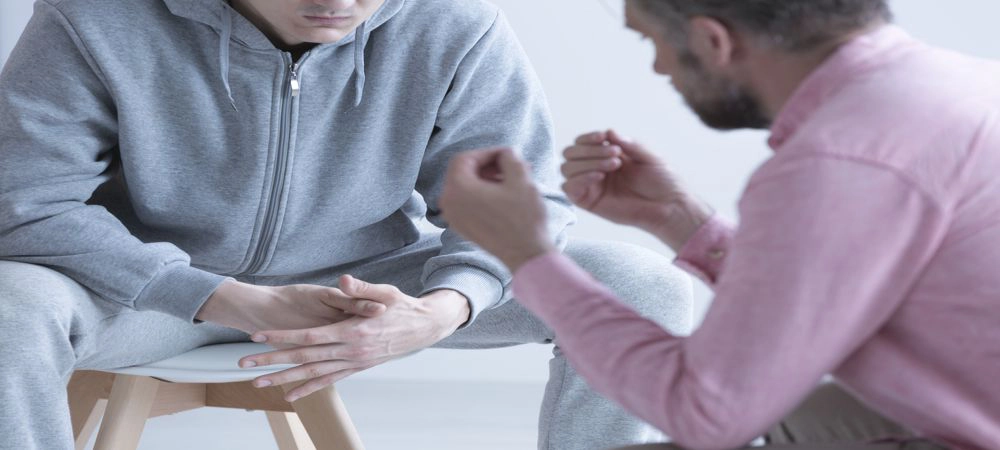
If you need some guidance with a young adult struggling with addiction, use these tips to learn how to help a teenager in rehab.
Learn about their addiction
Before you even begin to help your child, sibling or friend, it is important to help yourself by doing lots of preparation. This means taking the time to study the kind of addiction they have to gain a better understanding of how the substance acts, what it can do to the body, and why it may have become so addictive for them.
Educating yourself about substance abuse may help you to be a better support system, and it may also help you to recognize signs of relapse. In the weeks, months, and years to come, understanding addiction is one important way to fight it.
Actively participate
Many of the tactics involved in drug and alcohol rehab for teens includes the option for family members to take part in it. Take advantage of this aspect, and become an active member of your teen’s rehabilitation and recovery journey.
Try to make these sessions a top priority, even if it means setting aside some of your own commitments once in a while. Not only will you learn how to help your child cope, but you’ll also be showing them how serious you are about getting them the help they need.
Be strong
A lot of people don’t believe that they have an issue with addiction, and they may feel like they don’t need to be in rehab to get better. For parents, it can be incredibly easy to give in to a teen who is being manipulative about coming home or pleading that they’ve learned their lesson.
Do not give in to threats, begging and emotional breakdowns—remind yourself and your teenager that you are doing this out of love and to save their life.
Be prepared for discharge
Work with your teenager’s addiction treatment facility to put together a plan for their discharge when treatment is over. This might include preparing the home, getting them a job, or signing up for weekly therapy sessions.
Going back out into the world may be scary and intimidating for them, but if you stick to a plan, you increase their chances of avoiding relapse.
Look for cross-addiction
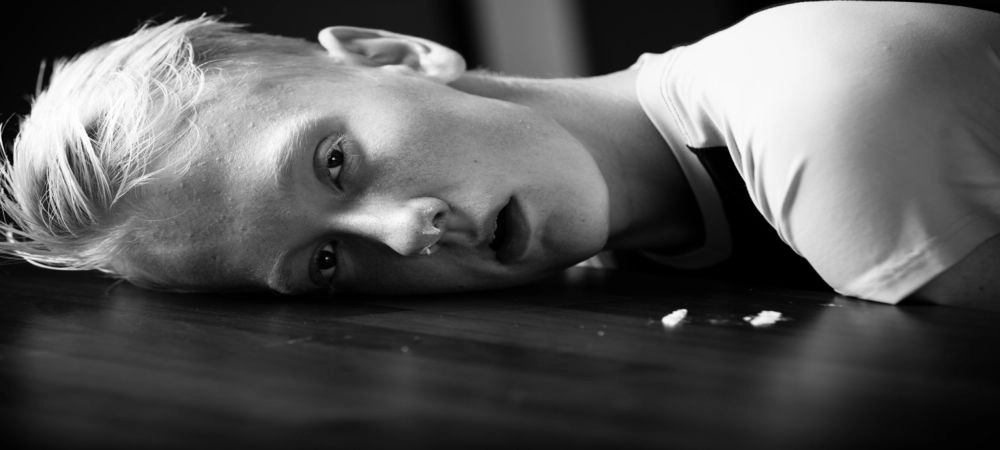
If your teenager has overcome their addiction of one substance, that doesn’t mean they’re immune to all of the rest. Make sure you know the signs of addiction and be realistic in knowing that they may turn to another substance.
No parent, sibling, or friend wants to see their loved one go through addiction, but the best response to their struggles is to be an active supporter of their recovery. If you’re not sure how to help a teenager in rehab, consider these tips that may guide them to a safe and fulfilling recovery.
Common Substances Teenagers Use
Drug abuse and reliance threatens a person’s health and also creates intricate issues in their lives. Teenagers are very susceptible to the results of alcohol and drug use. These substances may alter a developing, young brain and also negatively impact physical wellness.
Yet why do teenagers still keep on trying out drugs? Teenagers can be brought in to use drugs for numerous reasons. Here are the most common ones.
- To engage with individuals their age.
- To enhance their disposition.
- To discover another kind of experience.
- To relieve them of stress from such places as school, home, etc.
- Because they have a fairly easy access to drugs.
- A perturbing inability to control impulses properly.
- The need to properly balance multiple responsibilities without necessarily caving.
- To explore curiosity regarding the substance, feeling, after effect, etc.
- Because they’re genetically predisposed towards drugs.
These are merely a few reasons why teenagers use drugs. To better comprehend teen substance abuse, it can help parents to first understand which kind of substances or drugs are most generally abused by young adults and also why they are attractive to teens. Here are the most common substances that young adults experiment with.
Alcohol
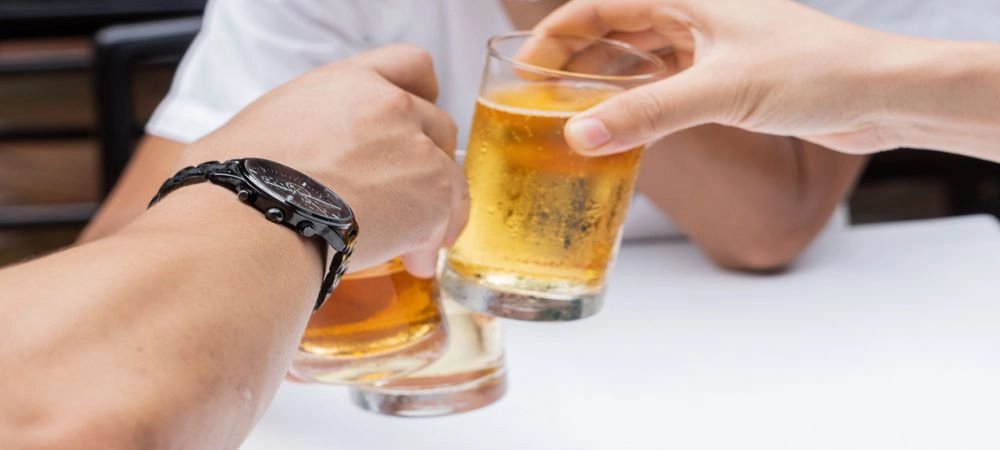
Alcohol is arguably the most typically used and also abused substance among teenagers. This increasing rate isn’t shocking as it’s one of the most regularly consumed substances for grownups as well.
For the majority of teenagers, alcohol has lots of attractive elements:
- It’s very much available in residences of friends or even right at their own home.
- It’s considered to have a lower risk as a result of the fact that it can be legally bought.
- It’s connected with having a great time and socializing.
Alcohol has several negative effects on both grownups and teens. Several of these effects of alcohol consist of:
- Minimized inhibitions.
- Insufficient memory and issues with understanding.
- Irritability and clinical depression.
- Unreliable decision-making capabilities with growth in risky practices.
- Decreased ability for physical movement.
A young adult who has alcoholism or addiction will certainly need expert therapy to deal with the condition effectively. It’ll be necessary for your teenager to be given an extensive health and wellness assessment as treatment begins by considering that the withdrawal disorder for alcohol may result in seizures as well as death in specific circumstances.
Detox programs that are staffed with caregivers can maintain the teenage patient’s safety while also making them comfortable and safe as the teen’s body frees itself of the harmful influence of alcohol. Adhering to the conclusion of this detox procedure, the teenager may gain from participating in psychological health and wellness or drug abuse therapy, consisting of:
- Group therapy.
- Individual therapy.
- Family-based or in-home treatment.
- Support group involvement.
Alcohol abuse is may also be treated by numerous styles of treatment like:
- Cognitive-behavioural therapy or CBT: This is a style of treatment that pays attention to the links in between one’s ideas, sensations, as well as behaviours of the patient.
- Motivational interviewing or MI: This is a treatment design based upon building up inspiration for change from inside the individual.
Marijuana
Another preferred drug among young adults is cannabis. Whereas misuse of various other medications and illicit drugs has been decreasing in time, marijuana usage has actually been stable or growing in certain scenarios. Pot is often smoked, yet it might also be consumed through various other techniques like eating baked goods like brownies.
Marijuana is prominent as a result of the idea that marijuana is not dangerous. Pot is believed by the majority of the people who use it to not have addictive qualities or that it doesn’t present undesirable dangers to their wellness. Teenagers have a tendency to concentrate on the preferred effects of cannabis such as the euphoric high and its ability to minimize anxiety.
However, the adverse effects of using marijuana are present. It’s possible for individuals to end up being addicted to this substance, and also, this kind of effect is most likely to happen for the ones who begin to use it while still very young. Continued use of cannabis causes unfavourable impacts such as:
- Minimized decision-making and judgment abilities.
- Issues with memory and understanding.
- Impaired control.
- Breathing concerns.
The greater danger for developing some mental health problems such as tension, clinical depression as well as psychosis for vulnerable individuals.
Cannabis reliance might be suggested with withdrawal signs and symptoms when the teenager cannot make use of the drug. Here are a few of the symptoms of cannabis withdrawal:
- Irritation.
- Stress and anxiety.
- Changes in diet and also sleeping patterns.
- Cravings for marijuana.
Successful treatment for pot usage will concentrate on behaviour as well as mental therapy strategies because there still are no drugs that have been proven to deal with cannabis dependence. Therapy techniques will concentrate on:
- Drug abuse education.
- Instructions for co-occurring disorders.
- Family-based therapy.
- Individual therapy
- And having support systems.
- Nicotine
Although the degree of cigarette usage has been on a substantial decline as more and more people are becoming educated about the risks involved in smoking, nicotine usage is still a subject of problem for teens.
Among the many elements is the growing tendency of using e-cigarette among younger teenagers. Young people utilizing these products tend to be unaware or misinformed of what’s in e-cigarettes because of false information.
Cigarettes are still preferred as a result of their somewhat low cost as well as the uncomplicated accessibility. Still, while the countless dangers of cigarettes are understood and well-comprehended, e-cigarettes are still presented as a seemingly safer option, and in doing so, attracting more teens to use it.
Among nicotine’s allure to teens is the ability to activate adrenaline and dopamine and also gives the following effects:
- A brief feeling of thrill.
- Sensations of comfort.
- Enhanced energy.
Smoking cigarettes are also known to lead to a number of undesirable effects like lung cancer, emphysema, and heart disease. Yet the latest research studies on vapes and e-cigarettes are showing dangers of using it like absorbing carcinogens and also toxic substances from the vapour. There is also a higher chance to develop a dependency on various other substances.
Based upon their age, teens aiming to stop their cigarette use have a variety of pharmaceutical choices to help their treatment. Here are some of them.
- Nicotine replacement therapies or NRT: This therapy can be found in a number of forms, like inhalers, sprays, lozenges, and patches. It can discourage the individual from smoking by supplying either slower, regulated discharge of different doses of the nicotine until such time that the usage could be tapered and then stopped entirely.
- Varenicline or Chantix: With this medicine, it could impact nicotine receptors found in the teen’s brain to decrease the impact of withdrawal as well as protect against desires to go back to smoking.
Behaviour approaches such as cognitive behavioural therapies or CBT– either separately, or along with NRT strategies– could also aid some people to stop smoking cigarettes.
Adderall
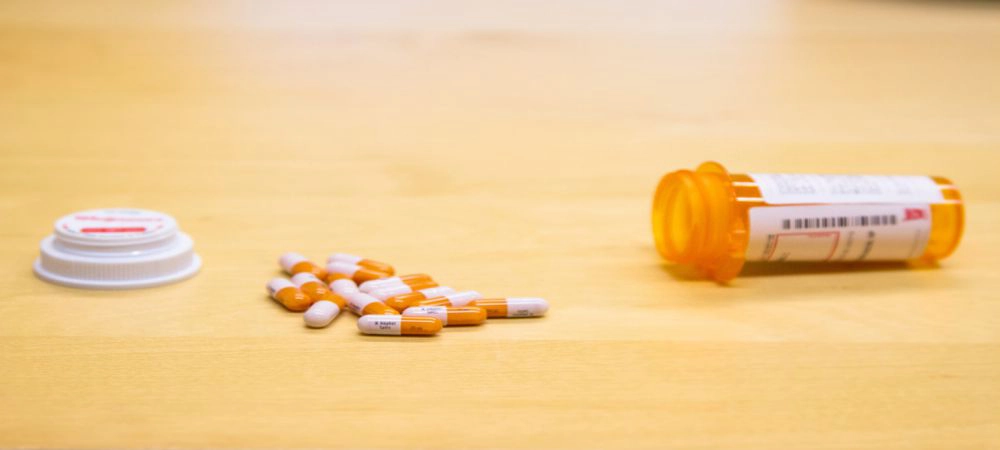
This drug is a medicine prescribed mostly to deal with ADHD which contains two major compounds: amphetamine as well as dextroamphetamine. Both compounds basically create enhanced degrees of focus while also lowering hyperactivity.
Stimulants are appealing to adolescents because they are easy to obtain, they think they can use it to study better, and they believe that it can be used as sports performance boosters.
When teenagers abuse the medication by taking them in a manner aside from prescribed or if taking medicines not recommended for them, they can experience results such as:
- Greater energy with the lessened need to sleep.
- Diminished need for food.
- Euphoric high.
There’s absolutely no proof to validate that this drug will enhance the athletic or scholastic performance of the ones who abuse the prescription meds. Therapy for Adderall dependency will certainly take a variety of treatments based upon the seriousness of the level of dependence the teenage is fighting with.
Occasionally, suddenly stopping the use of Adderall after proceeding might cause unsafe withdrawal signs and symptoms such as:
- Too much rage with the possibility of physical violence.
- Tiredness.
- Cravings for the prescription meds.
Some teenagers will gain from psychological therapy to deal with signs while guaranteeing that they are risk-free from drug use. Others might be treated in an outpatient treatment using different therapeutic strategies like the one called Matrix Model.
This treatment is a method of treatment which integrates aspects of different preferences as well as styles to assist the young adult along with the therapist assuming the role of an educator and also a coach. This treatment was proven to be highly efficient in dealing with people with addiction to these kinds of stimulants such as Adderall.
Opioids
OxyContin is strong as well as an extremely habit-forming brand for oxycodone. It is a pharmaceutical opioid substance typically prescribed for its ability to relieve the person of pain.
OxyContin is commonly abused by teenagers. Various other prescription opioids are often abused by young people as well. In addition to the oxycodone and also hydrocodone, a wide variety of various pain relievers are being consumed inappropriately by young adults and also grownups alike. These consist of Tramadol, Codeine, Fentanyl, Opana, and Morphine.
Teens misuse these medications by consuming them, and occasionally, by making them into powder to snort or inject them. Teens also misuse prescription opioids while consuming alcohol to magnify the results. It is a blend that can readily be fatal because of the joint central nervous system depressant effects.
Like illegal narcotics such as heroin, this opioid triggers the discharge of high levels of dopamine which contributes to a sense of reward which boosts repeated usage.
Individuals can rapidly establish a level of tolerance to this medication, so they’ll require ever-increasing quantities to feel a similar kind of high. Continuously raising the dosage places the teenager at incredibly huge danger of a fatal overdose.
The abuse of these prescription pain medicines by young adults looking for a high is becoming common now partly because pain reliever prescriptions are so easy to obtain. The chances of discovering an opioid medicine in the medicine case of nearly anybody is most likely.
Prescription medicines are typically thought to be much less risky compared to illegal drugs such as heroin as a result of the med’s legal standing. In fact, these medicines can just be as dangerous when taken inappropriately.
What’s even more, the pace at which these prescription medications abusers turn into alcoholics is alarming. Along with prescription narcotics dependency, the teen is most likely to be more prone to abuse illicit opioids such as heroin.
As mentioned, prescription opioid addiction puts teenagers at increased threat of alcoholism usage, as maintaining a prescription tablet addiction can be widely costly, with a single pill costing a great deal of money for a teen to afford.
Heroin supplies an extremely comparable high in a far more affordable price. A lot of young adults wishing to find their normal high and also avoid withdrawals ultimately rely on alcohol addiction. In fact, practically fifty percent of all teenagers that use heroin formerly abused pain drugs.
As this kind of drug use still continues, the teen’s body creates reliance on the medication, and also the teen can start to really feel as though they require compounds such as OxyContin to just be able to function daily. This condition of feeling that the medication is needed to function are signals to physiological dependence.
Opioid overdose signs and symptoms are disconcerting and also if you observe your young adult having any of these signs, promptly call the ambulance.
- Confusion and also lowered decision-making capabilities.
- Slowed pulse as well as reduced blood pressure.
- Slowed respiration.
- Bad self-control.
- Lethargy.
When it comes to therapy, addiction treatment is crucial in this case of opioid addiction so as to protect the wellness of the young adult. This treatment might begin with cleansing to give a chance for the body to process as well as remove the opioids from the teen’s system.
Detox and cleansing in a monitored setting make it possible for the observation of any severe signs and symptoms of withdrawal and also can aid in stopping relapse. Both behaviour and pharmaceutical treatment choices exist to deal with opioid dependency.
Many individuals will stop any kind of opioid use and also join treatment, while there are others who will experience a medication-assisted treatment. This will then replace the teen’s drug use with various other risk-free prescription meds which can reduce yearnings and dissuade misuse. Right here are some of the medicines utilized for opioid dependency.
- Methadone– This is an opioid which is long-acting that creates comparable effects similar to the pain medications. Methadone acts at a stable and regulated way to lessen addictive practices. Methadone is given from especially recognized centers and also health care professionals.
- Buprenorphine– A medicine that helps the teenager in taking care of withdrawal symptoms and manages desires without a noticeable, rewarding high. This medication is frequently utilized in mix with naloxone (like Suboxone) to discourage misuse.
Tranquillizers
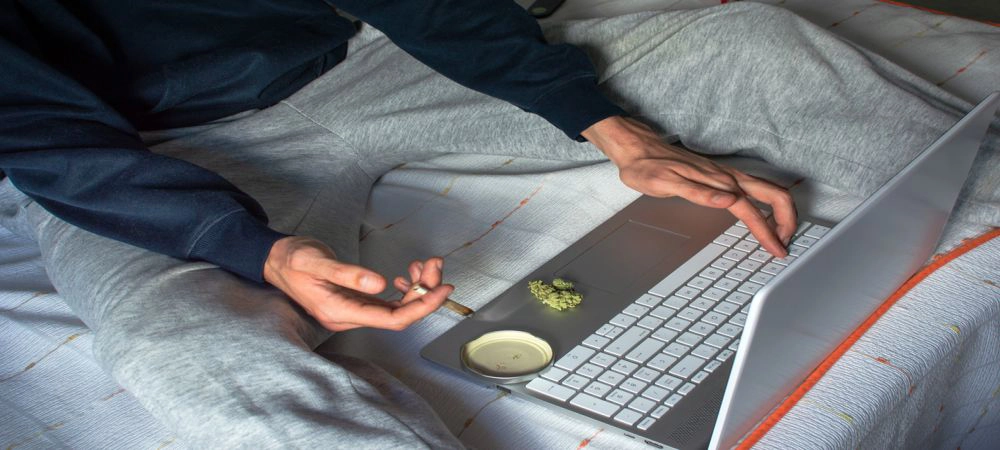
Tranquillizers are sedatives, some of them are called Klonopin, Ativan, and Xanax. Partly, the appeal of these depressants is that their quick effect in the human body as well as the idea of it being risk-free to consume.
Teens can abuse their certain prescription tranquillizers by consuming them more frequently than prescribed. They may even take the drugs that have not been prescribed to them.
Periodically, young adults will misuse these medicines to deal with the high or manage the undesired negative effects of various other drugs like methamphetamine.
Once in the body, these tranquillizers might generate a selection of possible unwanted side effects, such as:
- Decreased stress and anxiety.
- Reduced tension in the body.
- Boosted sleepiness.
- Poor coordination.
- Slowed breathing as well as heartbeat.
Abuse of such drugs can rapidly cause overdose, particularly when taken with added depressants such as alcohol as well as opioids.
In treating this addiction, there might be possibly harmful problems which might arise during withdrawal if the teenager has been utilizing it for a long time. A monitored period of detoxing to allow the drugs to be removed from the body as well as monitoring of the person’s physical and mental well-being will certainly be extremely advantageous.
Detoxing from depressants separately or with no clinical attention may lead to death or seizures. Following detoxification, continuing therapy will certainly be necessary to make sure recuperation more successful.
Effective conclusion of a detox process without the right addiction therapy sessions does very little to encourage long-lasting healing– as well as may increase the opportunity of relapse.
Regardless of whether the follow-up therapy is inpatient or outpatient, the focus will be on:
- Identifying triggers of medication usage.
- Fixing underlying psychological health and wellness concerns.
- Taking part in healthy support as well as coping abilities.
Spice
This substance is made from shredded plants and along with it are mind-altering compounds, this “synthetic cannabis” is also called fake bud and spice. Oftentimes, the compounds found in such substance could be like the THC that is found in cannabis.
Yet given that the illegal manufacturers of these addictive substances can usually alter their compound profiles to hinder government agencies from discovering them, there’s a considerable opportunity for this substance to generate unforeseen effects– a great deal of it are somewhat extra hazardous and also dramatic than those made by organic marijuana.
Up until now, due to the law-evading way of manufacturing, marketing techniques, and also their extensive availability, the use of this synthetic cannabinoids is now on a dangerous high. These substances are offered with relative simplicity on the net, where specific websites advertise spice as a legal substance and also regularly label it as “not for use of humans.”
While this drug has decreased within recent decades because of increased vigilance as well as enhanced regulation initiatives, it stays attractive to plenty of teenagers because of its easy availability as well as its capability to confuse and deceive visitors right into thinking it’s simply an incense.
When this fake weed is smoked or soaked up by being making it into tea, the product can activate two distinctive effects such as enhanced comfort as well as altered sensory assumptions.
The teenager might additionally experience various impacts such as:
- High tension.
- Fear.
- Hallucinations.
- Queasiness.
Spice is addictive, also, a teenager who has actually been using synthetic cannabis in any kind might require therapy to maintain abstaining from it. As these type of illegal drugs are somewhat new, details of treatment choices and results haven’t been studied in depth.
Just like other sorts of drug addiction therapy, nevertheless, the adolescent might gain from an addiction treatment program that can meet their needs when it comes to this kind of addiction.
Hallucinogens
Hallucinogens are psychoactive medications which can alter one’s reality by inducing hallucinations, delusional reasoning, or manipulated adventures of space and time.
While hallucinogens might not be as readily available compared to other drugs such as cannabis and also alcohol, their charm depends on two primary variables:
Their ability to create distortions to the surroundings of the teenager looking for some type of leisure experiences.
Their reduced perceived threat as opposed to various other drugs like heroin.
However, the understanding of minimized risk might be incorrect, as hallucinogen abuse is related to various negative results such as:
- High body temperature.
- Decreased body coordination.
- Decreased ability for good judgment.
- Queasiness.
- Tension.
- Anxiety.
Solutions for hallucinogen abuse will possibly be critical during phases of acute intoxication so as to keep the teenagers as well as others around them safe. If intoxication isn’t a current problem, hallucinogen abuse could be treated with behavioural treatments that focus on the teenager while evaluating, as well as managing, the teenager’s mental wellness needs concerning their drug abuse.
Inhalants
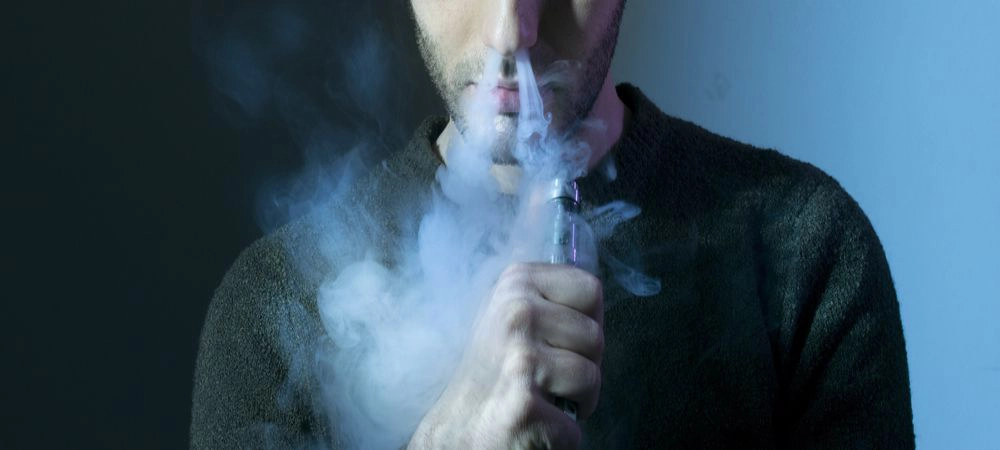
A surprising quantity of gas or liquid items is abused as a result of their addictive qualities, with most of these materials being authorized and available within numerous houses, shops, and stores. A few of the products being utilized as inhalants are hair spray, paint, glue, and also fuel.
Since the inhalant goods themselves vary greatly, each applies its consequences rather differently. Typically, however, lots of these inhalants operate to reduce the rate or interrupt signalling activities in the teen’s brain as well as the rest of their body.
This might result in postponed actions as well as the inability to make sense of information rapidly. The outcomes are short-lived and also rather damaging when the substance is used often.
Inhalants are among the preliminary compounds that teenagers will certainly explore as a result of their availability as well as the capability to make a desired “high” which is really comparable to alcohol drunkenness.
These chemicals are unique from other substances since younger adolescents are most likely to use inhalants than grownups. These may also be attractive considering that they produce an immediate, short-term high which may seem much less damaging or addicting compared to high from numerous other substances.
Inhalants can have effects such as fatigue, a short-lived high, persistent discomfort, dizziness, and with continued use, damages to the brain, heart, and liver.
Inhalants might cause a shortage of the needed oxygen to the teen’s brain, which is deadly. Seizures, convulsions, as well as the loss of consciousness, have been connected with the misuse of inhalants. If your teenager smells like inhalants or gets some stains, such as from some paint or adhesive in their own body or garments, they may be using inhalants.
Therapy will certainly involve behavioural approaches that will fit the teenager due to the fact that there aren’t any certain drug addiction interventions or techniques proven to be efficient for inhalant abuse.
Dextromethorphan
When used as prescribed, this medicine treats cough symptoms, however in greater dosages, it may produce a dissociative and intoxicating result. Misuse of cough medicine by teens is much more prevalent than numerous adults might think.
Cough medication is a cheaper, legal, and also an easily obtained substance, yet specific nations have actually started to govern its sale to teens and minors. A lot of times, teenagers will drink the whole bottle of the cough syrup as well as incorporate it with alcoholic drinks. This blend brings an intense collaborating impact and also has the capability to cause intense anxiety, overdose, and also in some cases, death.
The effects of cough meds will differ based upon the dosage and also might vary from moderate bliss to severe dissociation. But the use of the drug is related to a variety of possible threats like nausea or vomiting, poor movement, and numbness.
With continued usage, dependence to cough meds is highly likely. If you’re uncovering lots of vacant bottles of these cough drug in your home, your teenager could be developing an addiction.
Those experiencing reliance on DXM might benefit from cough meds addiction therapy in between psychological health and wellness or drug addiction treatment to comprehend risks and also learn about the causes of the dependence.
Therapy is most likely to be the foundation of the addiction treatment due to the fact that no medicines exist to successfully treat DXM misuse or addiction.
Related article: How to Build Healthier Eating Habits during Drug Addiction Recovery
How to Know if Your Teen is at Risk of Drug Abuse
It’s already been established that teenagers go into drug abuse for different reasons. Indeed these reasons, like the excessive accessibility of drugs, can also be risk factors. They’re, however, not exactly the only things you should be worried about.
Beyond those reasons, certain signs will point towards the probability of your teenager turning towards drugs. They might be hard to identify and can even be misconstrued as teen angst, among other things. However, they’re very present, and you need to pay attention to them as a parent if you hope to learn how to deal with or manage teenage drug addiction. These signs include:
- Low self-esteem. A child that doesn’t see his or herself in a positive light may feel the need to blend in with their drug-abusing peers to get their confidence up.
- Depression and anxiety alongside other mental health disorders. Children living with any of these might seek a release through drugs, having dealt with it for a long time.
- Drug abusing friends or romantic partners. Even without confidence issues and underlying mental health challenges, it’s hard for teens to resist trying to please their friends or romantic partner. If your child has a drug-abusing partner or friend, they’re at a huge risk of getting into it.
- Excessive attention to drug-promoting pop culture. A lot of music and movies often promote the illicit use of drugs and other substances. More often than not, they’d give a rating or a parental warning. But, with the internet, it’s easy to ignore all these. If your kid consumes these pieces of content often, being very impressionable, they might try to imitate.
- Poor academic performance. Having gotten this far, you should know that the “study drug” helps students do better in their academics. Once their performance starts to decline, they might feel the need to turn towards drugs for a boost despite their best efforts.
Beyond these, there are many other things you should look out for. Some of them go beyond showing that your child is at risk and point towards them using drugs already.
Early detection of some of these can help you get a jump on dealing with teen addiction:
- Inexplicable cases of missing money
- Intense changes in mood from your teenager.
- Increased association with a much different crowd than you’re familiar with.
- Faster completion of prescriptions.
- Altered physical appearance.
- Withdrawal from family, friends, and loved ones.
Talking to Your Child About Teenage Drug Addiction

Talking with your young adult could be challenging. Having significant, continuing conversations about alcohol and drugs, however, is vital to keep your daughter or son safe and healthy.
Here are some ideas about the best way to speak to your child, foster mutual knowledge, and break through the communication barriers so you feel connected to one another.
Maintain an open mind
If you would like a successful conversation with your adolescent, attempt to maintain an open mind and stay calm and curious. This way, your kid is more likely to be amenable to everything you need to say. Remember not to be judgemental and be careful in using accusatory words.
Ask open-ended inquiries
To get a more engaging dialogue, you are going to want to acquire more than simply a “yes” or”no” answer from your loved one. Keep the conversation flowing and ask them about their latest interests without being too nosy about it.
Use Language Carefully
“I” statements allow you to express yourself without your child feeling judged or blamed. If you want to express something that you want to happen, you can state it in this manner:
“If you do not come home on time, I fear that something awful has occurred. What I want is that you call me after you know you are going to be late so I know you are fine.”
“I feel just like you cannot hear what I must say when you are so angry. I then get frustrated. I want to speak about this later when we are both able to hear each other out. “
“As I love you and I wish to keep you secure, I worry about you going to the event or party. I want to be sure that you will follow what we’ve agreed about not drinking or using drugs.”
Educate Your Child
Discuss the unwanted effects of alcohol and drugs. Discuss the short-term and long-term effects that alcohol and drugs may have to their physical and mental wellness, security, and capacity to make good choices. Explain to your child that experimentation with alcohol or drugs during this time period is very dangerous to their still-developing brain.
Treatment Options Available for Teens
Indeed, as a parent, it is your responsibility to help your teenager through this daunting phase. However, sometimes, you may need a bit more than a talk to get rid of the problem.
Under such circumstances, it’s imperative that you get treatment from professionals immediately. Otherwise, you risk getting frequent failed attempts at quitting drug abuse.
Unlike adult treatment centres, there are multiple teenage addiction treatment programs. They enable your teen to get the treatment s/he needs to conquer teenage drug addiction without necessarily missing out on school.
Takeaway
The adolescent years can be rough. Acknowledge that everybody struggles occasionally, but alcohol and drugs aren’t a healthy or useful way to manage problems.
Remind your child that you’re there for assistance and advice — and that it is important for you personally that they are healthy, happy, and are able to take on responsible decisions.
Related article: Top Effective Drug Addiction Treatments You Need to Know

